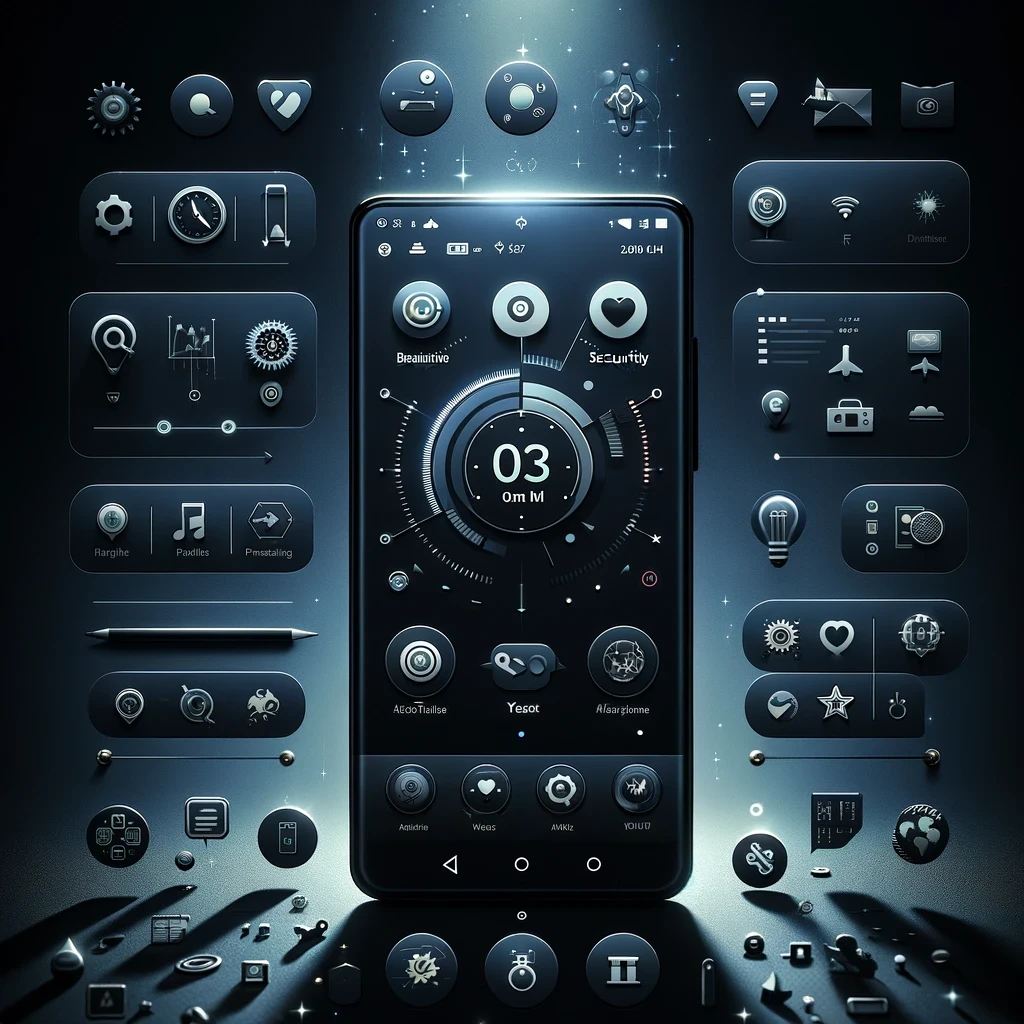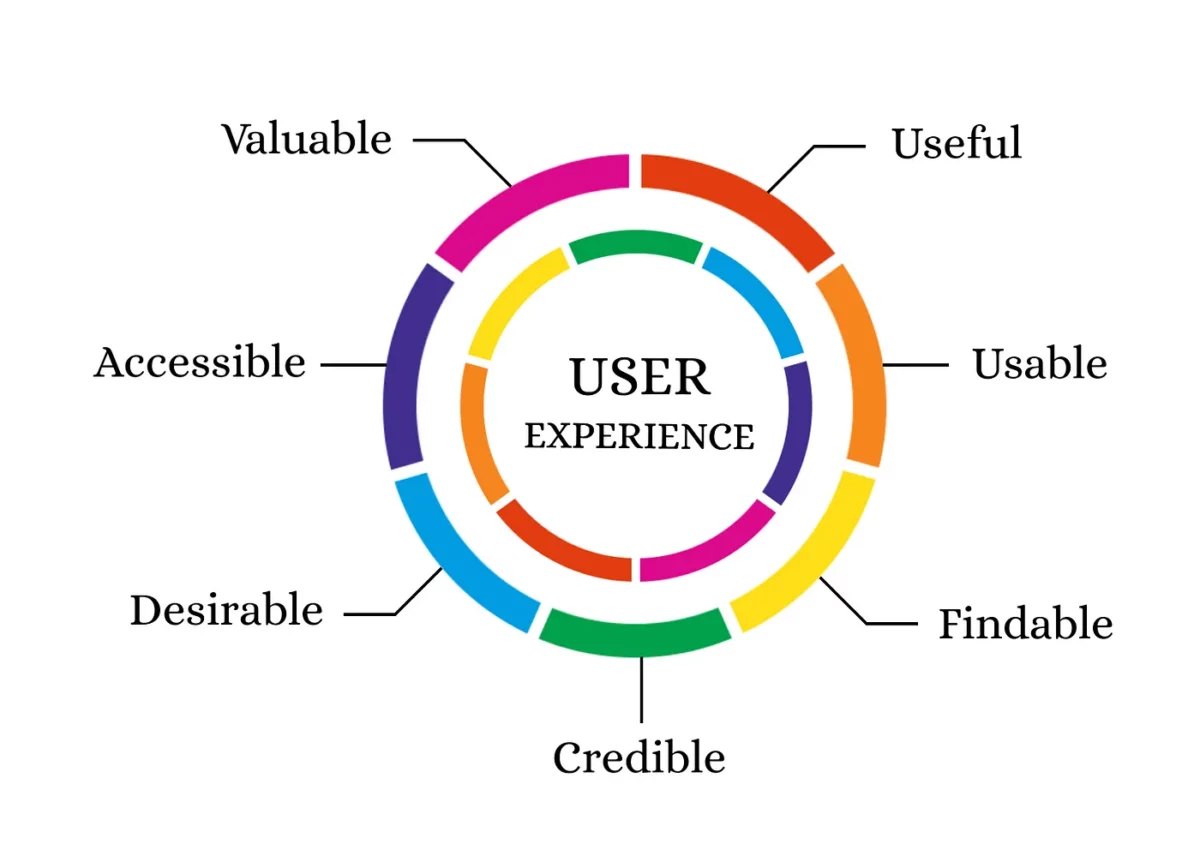In 2023, there were 257 billion global mobile app downloads, highlighting the industry’s fierce competition and making it essential for designers and developers to improve the user experience (UX) consistently.
Mobile app UX refers to a user’s overall experience while interacting with a smartphone app, considering factors such as ease of use, functionality, and design satisfaction.
Why Is Mobile App UX Important?
UX is important for developers, designers, and businesses because it greatly influences the app’s success and popularity among users.
Here are the benefits of creating an app with an excellent user experience:
- Enhanced user satisfaction. When users have a fantastic app experience, they are left satisfied.
- Increased retention and loyalty. Users with an excellent app experience are more likely to use it repeatedly, increasing retention and loyalty.
- Competitive advantage. In a highly competitive market, an app that focuses on delivering a great user experience can stand out from the competition.
- Enhances your brand image. When users have a great experience with a branded app, it leads to a positive overall brand image.
- Increases user engagement. A brilliant UX encourages users to spend more time on the app, leading to increased user engagement.
- Increased return on investment (ROI). Every $1 invested in UX results in a return of $100.
Six Best Practices For Improving Mobile App UX
Whether a loyal Samsung user or a fan of the iPhone, mobile users now have high expectations when it comes to the smartphone apps they use, so follow these six best practices for improving mobile app UX:
Optimize the onboarding process
User onboarding UX is the process that begins when a new user interacts with your app. That first interaction can largely impact customer retention and acquisition.
There are many creative ways to welcome users to your app, including:
- A simple welcome message.
- Asking them for the necessary app permissions and consent.
- Getting them to sign up for an account and input personal information.
- Showing them tutorials on how to use the app.
- Helping them personalize their app to suit their needs and requirements.
First impressions are 94% influenced by design, so ensure you also optimize the design and flow of the onboarding experience, as this is the first thing the user will see when opening your app.
Some examples of popular mobile app onboarding flows you can implement include:
- Function-oriented. This specifies the app’s main functionality, when you can use it, and how.
- Progressive. This teaches users how to use the app by making them use it. For example, if they are on a screen that allows them to take a photo, an arrow will point toward the icon that triggers the camera.
- Benefits-oriented. This describes how the user will benefit from using the app.
Monitor performance issues
90% of mobile users have stopped using an app due to poor performance. You can use App Performance Monitoring (APM) to better understand your app’s:
- Speed. Loading speed measures how fast your mobile app launches and displays content to users. If a page takes more than two seconds to load, it annoys 59% of users.
- Retention rate. This measures the percentage of users who use your app continuously over a specific period.
- Stability. A stable app should offer users a crash-free experience. Consider monitoring your crash reports to find the specific circumstances leading to a crash.
- Responsiveness. Your app should provide a good UX regardless of the device, operating system, screen size, orientation, or browser platform being used.
Use push notifications (but carefully)
You can creatively use mobile app push notifications to improve the UX. For example, you can send push notifications for delivery updates, shipping confirmations, or appointment reminders.
In addition, you can use push notifications to increase your in-app conversions by sending marketing messages, such as limited-time offers, seasonal sales, or subscription upgrade prompts.
However, 71% of users uninstall mobile apps due to annoying notifications. So, ensure each notification is valuable and well-timed. Here are a few things to consider:
- Avoid sending too many notifications at once. Too many notifications delivered in a short period can lead to notification overkill – when a user can’t process the information and skips it.
- Time your notifications well. The best time for push notifications is during mobile usage peak hours, from 6pm to 10pm.
- Consider using other channels to deliver your message. Use emails or in-app notifications to send users marketing messages.
Improve your app navigation
Most users are familiar with standard navigation patterns, such as Tab bar for iOS and Navigation drawer for Android, so there is no need to get clever when trying to improve your app navigation. Just make sure the app has:
- Smooth scrolling.
- Seamless switching between pages.
- A visible main feature.
- Easy access to help and support functions.
- A search functionality.
- Responsive buttons.
- Clickable buttons.
The easier your app is to navigate, the more likely users will keep using it.
Use personalized content
User expectations for personalization are rising. In fact, 66% of consumers indicate they will stop engaging with a brand if their experience isn’t personalized.
App personalization is a major UX design trend that aims to improve the overall user experience by designing an app for a specific user instead of giving all users the same generic experience.
You can personalize your app by remembering user settings, providing recommendations based on individual preferences, and offering unique special offers. To do this, you must collect data about your audience, such as location, preferences, and behaviors.
However, it’s essential to recognize the ethical complexities of personalized UX, as some users have concerns regarding privacy and consent.
Finally, you should also allow users to personalize certain elements of the app themselves, such as changing the app’s icon, switching between light and dark mode, or installing a personal theme.
Don’t ignore reviews and feedback
Reviews and feedback are valuable, first-hand resources for understanding users’ satisfaction and dissatisfaction. It is the most reliable way to illuminate areas of the UX that can be fixed, enhanced, or added.
You can look through app store reviews to understand which elements of the app are on the minds of your users. This lets you directly address user pain points and drive specific feature improvements.
For example, if multiple user reviews complain about a particular feature of your app, you know it needs improvement.
Additionally, you could use an in-app survey to ask users for their feedback on app usability, onboarding flows, design elements, and more. This survey allows you to collect the feedback you need to improve your app and the UX.
Conclusion
A well-designed and easy-to-navigate app can be used by anybody, regardless of location, language, screen size, or device.
So, to reach a wide audience and ensure all users leave with a positive image of your brand, follow these six best practices for mobile app UX.
![]() Give feedback about this article
Give feedback about this article
Were sorry to hear about that, give us a chance to improve.








